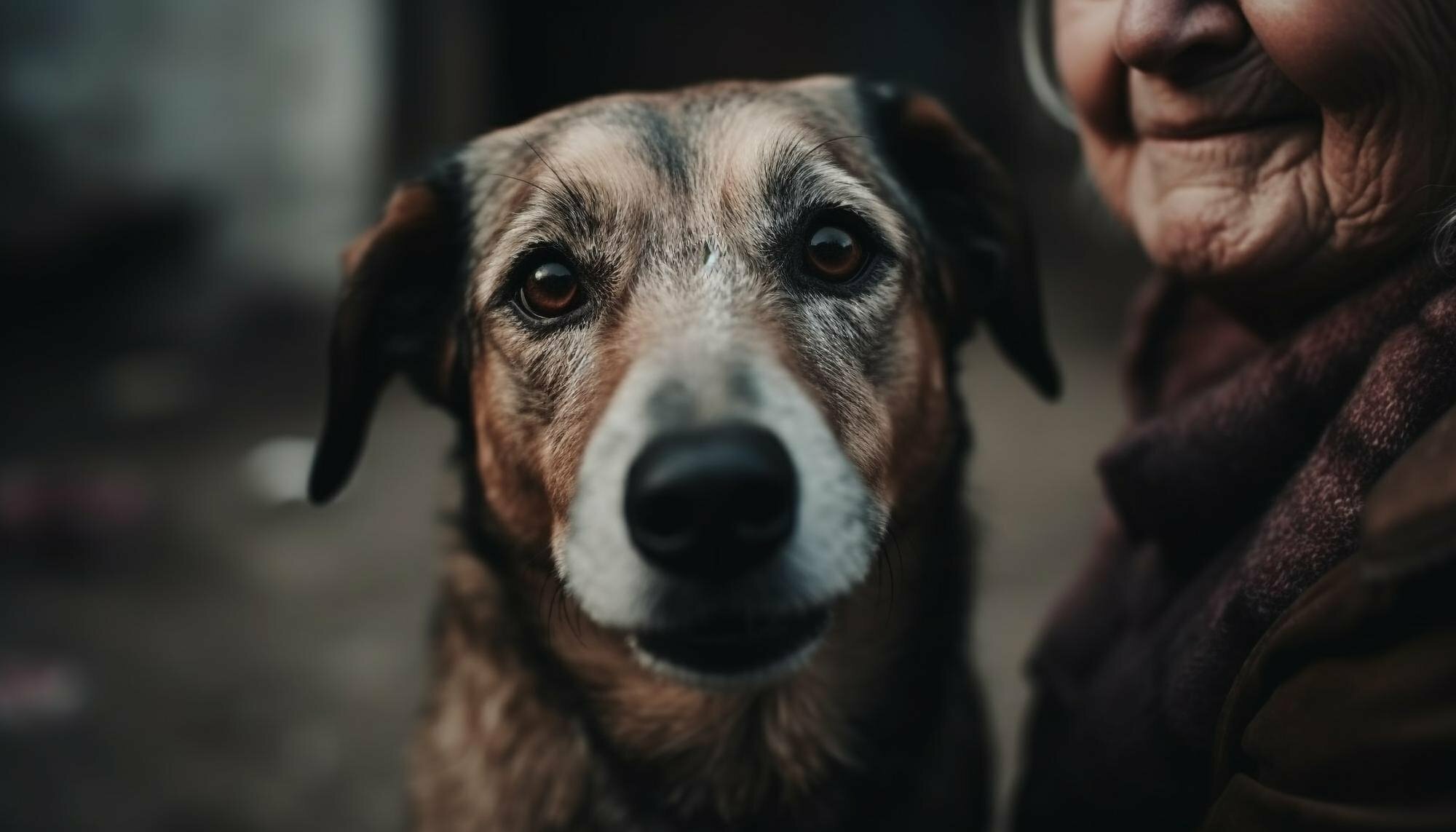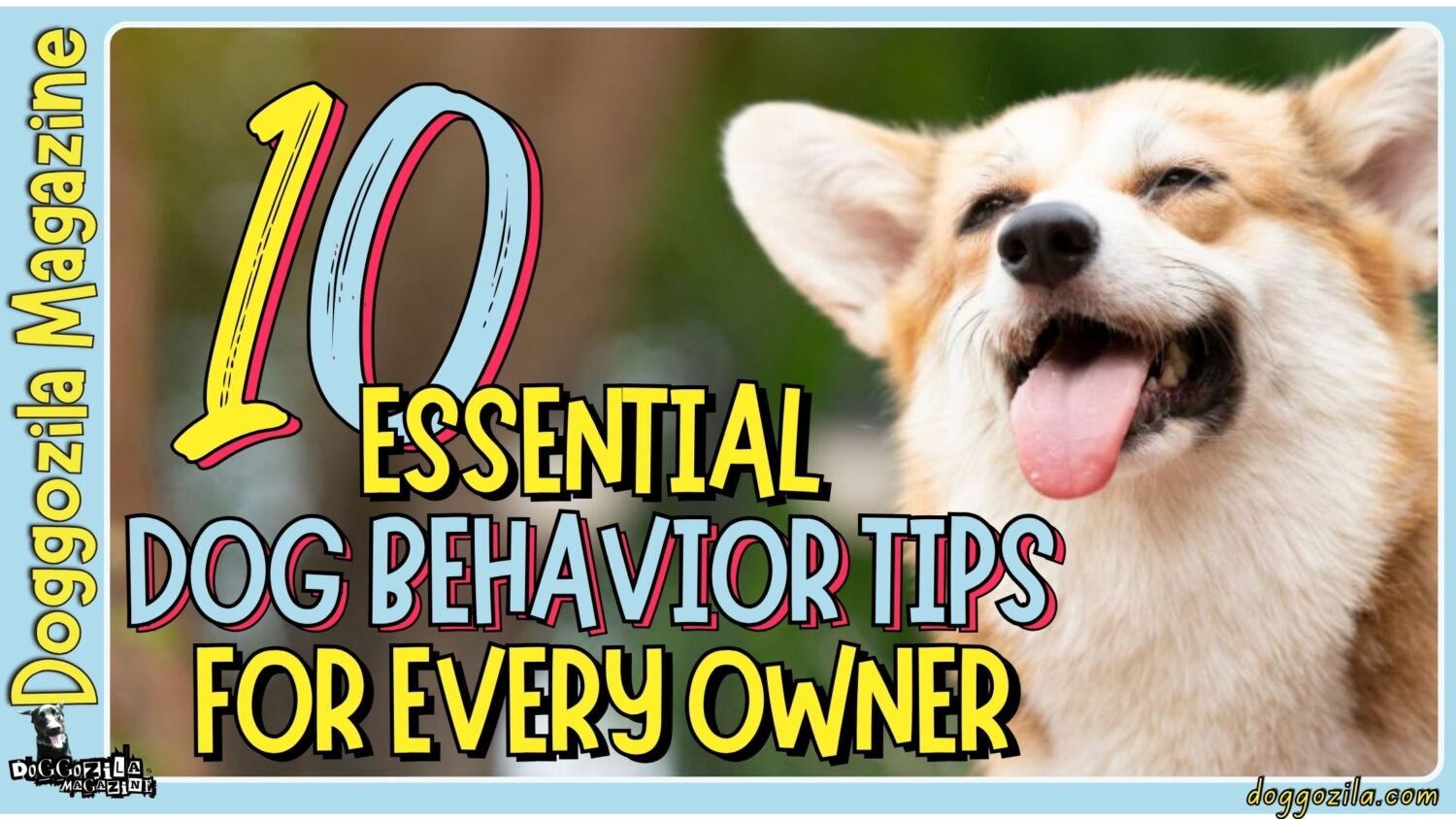For dog owners, encountering their beloved pets displaying fear towards different stimuli can be an unsettling experience. Understanding the depth and diversity of why dogs exhibit fear towards various things is pivotal to address and support them effectively. Let’s jump into understanding dog fear!

IDENTIFYING FEAR IN DOGS
This detailed article aims to explore the multifaceted reasons behind a dog’s fear of different stimuli, providing in-depth insights and guidance for concerned pet owners. Let’s try understanding dog fear!
Causes of Fear in Dogs
Recognizing and understanding fear in dogs is crucial for comprehending their behaviors and needs. It is essential to be aware of the signs of fear to effectively support dogs in such states. Observable signs of fear in dogs include trembling, cowering, hiding, excessive barking, growling, pacing, a tucked tail, lowered body posture, or avoidance behaviors. It’s important understanding dog fear so we can address it properly!
The reasons for fear in dogs are diverse and can arise from various sources, each impacting the dog uniquely.
Fear in dogs can stem from multiple sources, including:
- Lack of Socialization: Insufficient socialization during a dog’s critical developmental period can result in fear of unfamiliar stimuli. Dogs that have not been adequately exposed to various people, animals, or environments during their critical socialization period may display fear responses to unfamiliar things later in life.
- Past Trauma or Negative Experiences: Dogs that have had negative or traumatic experiences in the past, such as abuse, neglect, accidents, or other distressing events, may exhibit fear responses when encountering stimuli associated with those past experiences.
- Genetic Predisposition to Fear: Some dogs might have a genetic predisposition to fearfulness, wherein certain breeds or individual dogs are naturally more prone to being fearful due to their genetic makeup.
- Medical Conditions and Pain: Dogs experiencing pain or medical conditions such as arthritis, vision or hearing impairments, or neurological issues may exhibit fear responses due to their discomfort and distress.
- Environmental Factors: Environmental factors, such as loud noises, changes in surroundings, unfamiliar objects, or sudden movements, can trigger fear responses in dogs.
Overcoming Fear in Dogs
Helping dogs overcome their fears involves patience, understanding, and appropriate strategies.
Effective approaches to assist dogs in overcoming their fears include:
- Positive Reinforcement: Utilizing positive reinforcement techniques to gradually desensitize dogs to feared stimuli can be an effective method. Rewarding calm behavior around triggers and creating positive associations can help reduce fear responses.
- Desensitization and Counter-Conditioning: Gradually exposing dogs to their fears in controlled, positive ways while associating these experiences with positive outcomes is an effective strategy. Over time, this can help change the dog’s emotional response to previously feared stimuli.
- Seeking Professional Help: Consulting a professional, such as a certified dog behaviorist or a veterinarian with expertise in behavioral issues, is advisable. Professional guidance can offer tailored strategies and intervention plans for dogs with severe or persistent fear issues.
Alleviate Dog fear
Fear in dogs towards various stimuli is a common and complex issue for pet owners to address. Understanding the multifaceted causes of a dog’s fear is the cornerstone for providing them with the necessary support and care.
By exploring the diverse and interconnected reasons behind a dog’s fear responses and learning effective strategies to help them overcome their fears, pet owners can create a safe and supportive environment for their beloved dogs.
Recognizing the signs of fear in dogs, understanding its diverse causes, and utilizing appropriate strategies to alleviate their fear will enable pet owners to provide the necessary support and care for their dogs’ emotional well-being, fostering a deeper bond and trust between them and their pets.

WHY DOGS ARE AFRAID OF EVERYTHING
Dogs, beloved for their loyalty and companionship, can also experience fear and anxiety. Understanding and addressing a dog’s fear is essential for their overall well-being. Fear can manifest in various forms and understanding its causes is vital for pet owners. Fear in dogs is a widespread issue and can greatly impact their daily lives. It’s not uncommon to see dogs fearful of certain situations or objects, exhibiting behaviors that might seem out of character. However, recognizing these fears and understanding their origins is crucial in providing the necessary support.
Roots and Factors for Fear in Dogs
Fear in dogs is deeply rooted in their evolutionary history. Ancestors of domestic dogs relied on their instincts to survive in the wild, where fear served as a mechanism to identify potential threats and ensure their safety. These survival instincts have been passed down through generations, contributing to a dog’s natural inclination towards fear.
Several factors contribute to a dog’s fearfulness. Genetics play a significant role, influencing a dog’s temperament and predisposition to anxiety. Early socialization and experiences during their developmental stages also shape their response to fear. Traumatic experiences, such as abuse, neglect, or a lack of exposure to different environments, can significantly impact a dog’s fear responses.
Signs of Fear in Dogs: Recognizing Fearful Behavior
Identifying fear in dogs involves observing a variety of physical and behavioral cues. Common signs include trembling, panting, excessive drooling, hiding, whining, barking, or attempting to escape. Some dogs might exhibit submissive behavior, while others might display aggression when faced with fearful situations. Different breeds might manifest fear in various ways. While some breeds might become more vocal or seek hiding places when scared, others might freeze or show signs of aggression.
Common Triggers for Fear: Understanding What Scares Dogs
Dogs can be frightened by various stimuli. Loud noises such as thunderstorms, fireworks, or even household appliances like vacuum cleaners can trigger fear in many dogs. Changes in the environment, meeting new people or animals, or being in unfamiliar settings can also induce anxiety.
Past traumatic experiences, especially abuse, can leave lasting imprints on a dog’s psyche, leading to fear responses in similar situations. A dog might become fearful when encountering people or environments that resemble those from their past negative experiences.

HOW DOGS REACT TO FEAR
When confronted with fear, dogs generally resort to fight, flight, or freeze responses. Some dogs may try to escape or avoid the source of fear, while others might display aggressive behavior as a defense mechanism. Freezing—remaining still or cowering—is another common response to fear. Coping mechanisms for fear may vary. Some dogs may seek a safe place, like a den or under furniture, as a way to self-soothe. Others might exhibit aggressive behavior as a means of protecting themselves or their territory.
Dealing with a Fearful Dog: Creating a Safe Environment
Creating a safe environment is essential for a fearful dog. Providing a safe space or a designated area where the dog feels secure can help alleviate their anxiety. This could be a quiet room, a crate, or a bed where the dog can retreat when feeling frightened.
It’s crucial not to force a fearful dog into uncomfortable situations, as this may exacerbate their anxiety. Professional help and training can significantly aid in managing and reducing fear-driven behaviors in dogs. Consulting a qualified dog behaviorist or trainer can offer valuable insights and guidance in helping a fearful dog overcome their anxieties.
Building Confidence and Trust: Techniques for Overcoming Fear
Helping a dog overcome fear involves patience, consistency, and positive reinforcement. Techniques such as desensitization and counter-conditioning can assist in gradually exposing the dog to fear triggers in a controlled and positive manner. This helps the dog form new, positive associations with previously fear-inducing stimuli. Consistent and patient training, combined with rewards and positive affirmations, can build a dog’s confidence and trust. Patience is key, as progress might be gradual, but with time and support, many dogs can learn to manage and overcome their fears.
Supporting Fearful Dogs
Fear in dogs is a complex issue that requires understanding, patience, and compassionate support from their owners. By recognizing the signs of fear, addressing the triggers, and employing positive strategies, dog owners can help their fearful pets lead happier, more confident lives.
Each dog is unique, and the approach to addressing their fears should be tailored to their individual needs. Understanding the dog fear and providing a nurturing environment, coupled with appropriate training and professional guidance, can significantly aid in helping dogs cope with and overcome their anxieties.
With the right support and care, even the most fearful dogs can learn to face their fears and lead fulfilling lives. Understanding dog fear can be tricky, but now you know how to recognize it and address it properly!
Continue reading more on topic about the Understanding Dog Fear on Dog Blog by Healthy Doggos!









